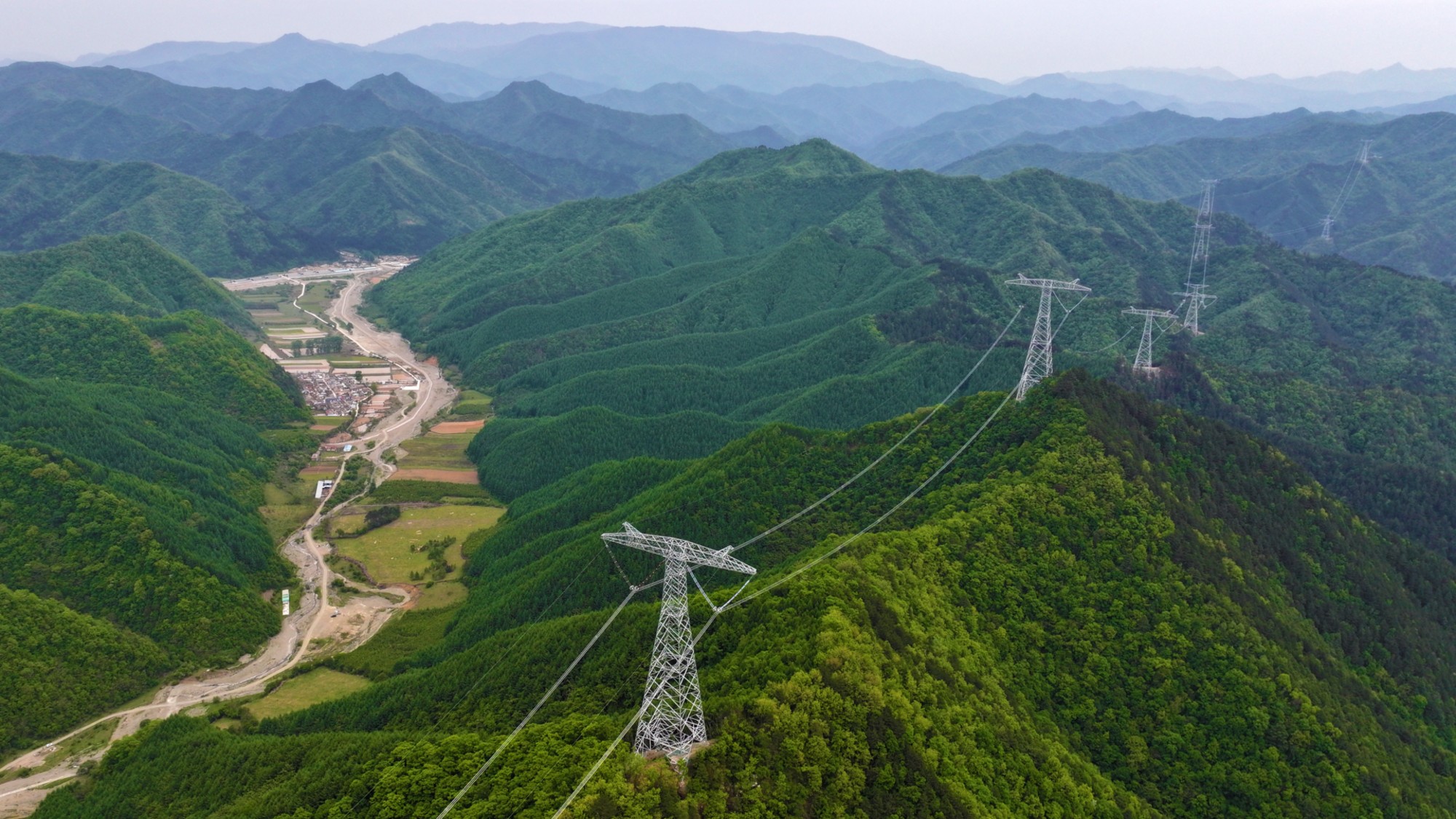Janet Yellen is a terrible detective
The Fed chair is wrong. There is no inflation "mystery."


What in the name of Alan Greenspan has happened to inflation? The Federal Reserve has been operating for years now on the assumption that the economy is nearing full capacity and inflation will start rising at any moment. Except inflation has refused to cooperate: The Fed's preferred measure remains at 1.4 percent — well below its 2 percent target — and shows no signs of moving much. In response to its persistent shortfall, the Federal Reserve has long cited various temporary factors, like a stronger dollar or cheap oil. But this year it has basically thrown up its hands. It's "a mystery," Fed Chair Janet Yellen told reporters on Wednesday.
With all due respect to the esteemed chair of the Federal Reserve, it really isn't.
First, let's review what causes inflation. When a large percentage of Americans who can or should work don't have jobs, employers can attract new hires even with low pay; people are glad just to be working at all. But as more and more Americans find employment, businesses start fighting with each other over scarce labor, and they get into bidding wars. Sometimes, workers can get paid more without the costs getting passed on to consumers, usually through businesses increasing worker productivity. But not always. So when enough people have jobs and the bidding war among businesses gets intense enough across the economy, prices start rising across the economy too — thus, inflation.
Subscribe to The Week
Escape your echo chamber. Get the facts behind the news, plus analysis from multiple perspectives.

Sign up for The Week's Free Newsletters
From our morning news briefing to a weekly Good News Newsletter, get the best of The Week delivered directly to your inbox.
From our morning news briefing to a weekly Good News Newsletter, get the best of The Week delivered directly to your inbox.
So on the surface, you can see why the Fed is flummoxed by low inflation. The unemployment rate is now 4.4 percent. The last time it was that low was in 2007. And it hasn't gotten lower than that since the late 1990s.
The Fed even relies on an economic concept called the Phillips Curve, which describes the expected relationship between inflation and the unemployment rate. And at 4.4 percent, the Phillips Curve says inflation should be considerably higher than it is.
So what gives?
The first thing to remember is that, like I said, there are only so many Americans who can and should work. If you're retired, or disabled, or a student, you often shouldn't be working, and it would be silly to count you among the unemployed. So the government only counts you as "unemployed" if you've looked for a job in the last four weeks. If you look more rarely than that, it assumes you're one of those Americans who actually can't or shouldn't work.
That assumption can be way wrong.
A bad enough disaster — say, the biggest economic crisis in nearly a century — can leave the job market so damaged for so long that lots of people just give up. In fact, if you put together people who have work with people who have looked in the last four weeks, you get what's called the labor force. And labor force participation is still much lower than it was before the 2008 collapse — and much lower than demographic forces alone would predict.
Once you account for that, it looks like 10 million Americans or more could still be brought into the workforce.
There's also another metric, called the prime age employment rate. This just looks at the percentage of people age 25 to 54 who have jobs — so it shouldn't be thrown off by more people in school or more old people retiring. And that metric is still well below where it was before the 2008 recession. It's even further below where it was just before the 2001 recession.
In fact, economist Adam Ozmiek recently did something clever: He reran the Phillips Curve, but instead of tying it to the unemployment rate, he tied it to the percentage of 25- to 54-year-olds who don't have jobs. When he did that, the gap disappeared between the reality of inflation and wage growth and where the Phillips Curve says they should be.
So there's really nothing mysterious going on here.
Despite what the unemployment rate says, there are still many millions of employable Americans who haven't been brought back into the workforce yet. As work by economists like Josh Bivens and J.W. Mason makes clear, the hole left by the Great Recession is still very far from filled in. And the low rates of wage and inflation growth that we're seeing are perfectly consistent with this fact.
So the Fed shouldn't be raising interest rates or winding down its portfolio, like it's doing now. In fact, it should've gone much further in the depths of the recession and experimented with negative interest rates or expanded their portfolio further. That it didn't was a failure of both imagination and moral responsibility.
But the Fed held onto that portfolio and kept interest rates at zero for years, and the economy just kept limping along. That's because the obvious tools for fighting this sort of economic slump do not lie with the Fed; they lie with Congress.
That's the branch of government that can drive up consumption and incomes — which in turn fuels job creation — through welfare state spending. And it's the branch of government that can tighten labor markets directly by hiring people for public works and the like.
So in Yellen's defense, even if she realized the mystery is no mystery, there's not a lot she could obviously do. But by just shrugging and calling it a mystery, Yellen is making the national conversation around economic policy a whole lot dumber.
A free daily email with the biggest news stories of the day – and the best features from TheWeek.com
Jeff Spross was the economics and business correspondent at TheWeek.com. He was previously a reporter at ThinkProgress.
-
 Tesla reports plummeting profits
Tesla reports plummeting profitsSpeed Read The company may soon face more problems with the expiration of federal electric vehicle tax credits
-
 Columbia pays $200M to settle with White House
Columbia pays $200M to settle with White HouseSpeed Read The Trump administration accused the school of failing to protect its Jewish students amid pro-Palestinian protests
-
 The lead paint poisoning scandal rocking China
The lead paint poisoning scandal rocking ChinaIN THE SPOTLIGHT Sick schoolchildren and allegations of a cover-up have pushed China's public safety concerns back into the public eye
